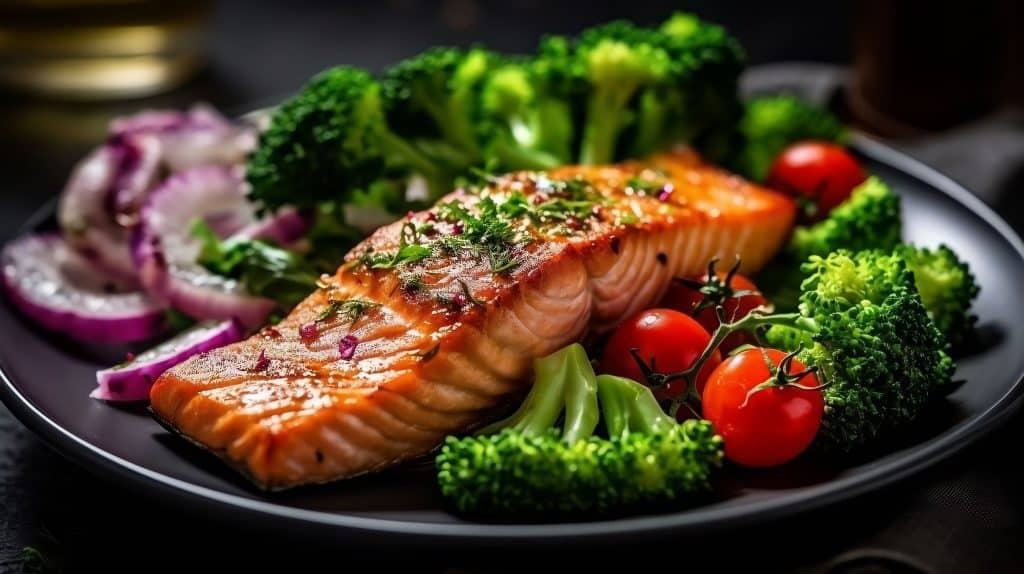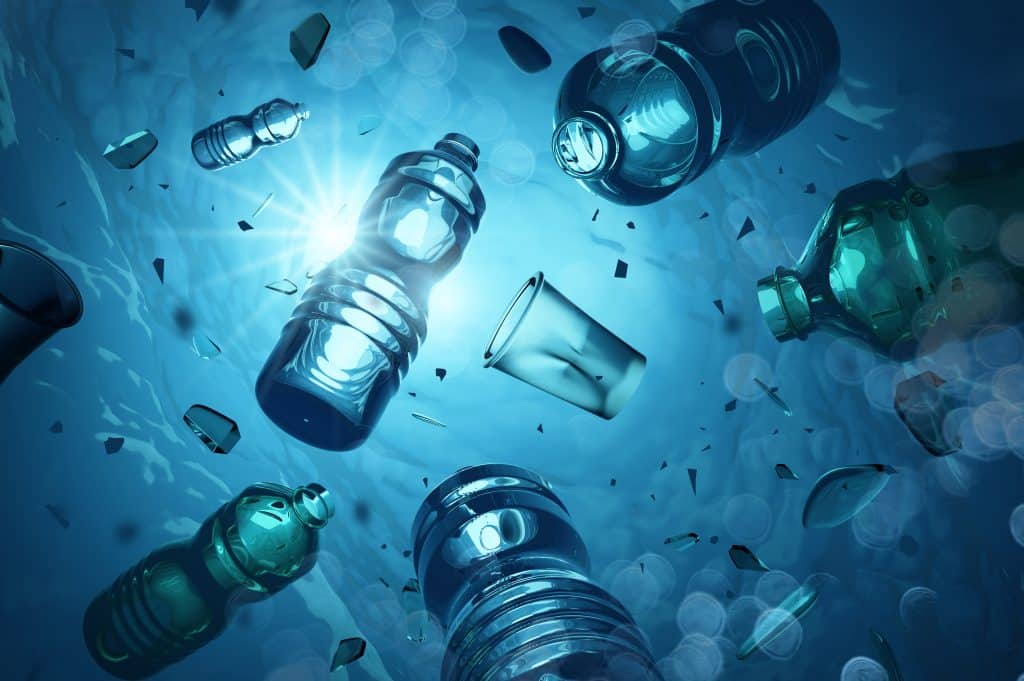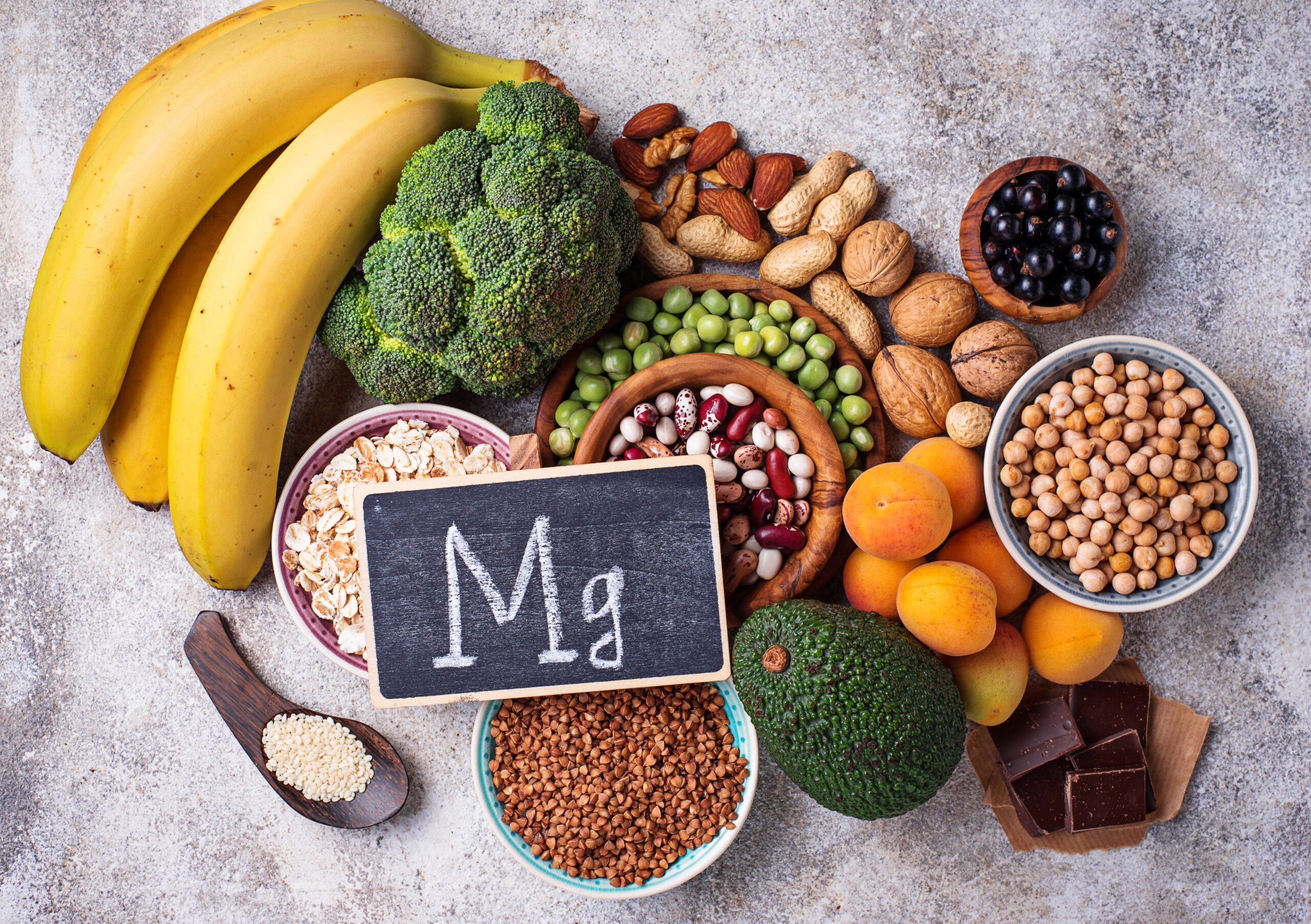How To Reduce Toxin Exposure In Your Everyday Life
Living a healthy lifestyle starts with focusing on ways to reduce toxin exposure. Toxins, such as pollutants and chemicals, enter your body through the air you breathe, the food you eat, and products you use every day. Fortunately, there are many actions you can take to reduce your daily exposure to these toxins. Here are some tips for reducing toxin exposure in your everyday life.
Ways To Reduce Toxin Exposure – Toxins In The Water
When it comes to reducing our exposure to toxins in the water, there are several steps we can take. The first step is becoming informed about possible sources of contamination and what we can do to limit risk. Common sources of water contamination include agricultural runoff, sewage overflows, industrial by-products discharged into rivers or lakes, and leaching from landfills. By minimizing direct contact with contaminated water, we can reduce the risk of health problems.
Invest in a quality filtration system for your tap water. Not all tap water is created equal, and sometimes the levels of toxins can be higher than what is considered safe for consumption. By investing in a quality filtration system, you can reduce your exposure to these toxins.
Investing in a reverse osmosis or carbon filter system can help remove the toxic metals found in drinking water. Additionally, installing a shower head filter or tub faucet filter can reduce the amount of chlorine and other contaminants that come out of your tap.
Drinking spring water from a reputable supplier is ideal. Spring water is a natural source of pure, clean, healthy hydration. Spring water is naturally filtered through the ground, so it contains all the right minerals and electrolytes for proper hydration.1 2 3 4
Read more about the importance of drinking high quality water.

Ways To Reduce Toxin Exposure – Consuming Organic Food
Processed foods are often filled with preservatives, additives, and other toxins that can have a negative impact on your health. Aim to eat mostly fresh, whole foods for optimal nutrition to reduce toxin exposure.
Organic food is one of the best ways to reduce toxin exposure in our diet. Organic and natural foods are grown without any chemical fertilizers, pesticides, or herbicides. This means that they contain fewer toxins, are more nutritious, and are healthier for our bodies.
When shopping for organic food, it’s important to look at labels for the ‘certified organic’ seal. This will ensure that you are buying food that has been produced in accordance with organic standards and is free from harmful chemicals.
Organic produce is generally more expensive than conventionally grown fruits and vegetables, but it is important to consider the long-term health benefits. Consuming organic food can help ensure that you are reducing your toxin exposure and putting better, healthier foods into your body.
Organic grass-fed animals are raised in a way that limits their contact with various chemicals, pesticides, antibiotics, and hormones during the growing process. Since these animals are never given growth hormones or fed feeds containing animal byproducts or other industrial additives, their meat and dairy products contain fewer toxins.
Organic grass-fed animals also tend to produce healthier milk and meat, with higher levels of omega-3 fatty acids, a type of healthy fat found in fish and some plant-based foods. They are also free from added antibiotics or growth hormones, which can be passed on to humans when consumed.
Avoid consuming fish that may contain high levels of toxic metals such as mercury. Consume cold-water fish that were wild caught in a region of the world with limited pollution, as they contain the important omega-3 fatty acids EPA and DHA.5 6
Read more about the Cellular Healing Diet.

Ways To Reduce Toxin Exposure – Air Pollution
Air pollution is one of the biggest environmental issues we face today. It affects our health, environment, and climate. Fortunately, there are ways to reduce your exposure to air pollution and help protect yourself from its harmful effects.
Avoid traveling during rush hour when air pollution levels tend to be highest. Avoid excess indoor pollution by airing out your home regularly. Toxins can build up in the air inside a home so it’s important to regularly circulate fresh air throughout the space. Consider investing in air purifiers to help remove pollutants from indoor air.
Mold exposure in the home can be a source of indoor toxins that cause health issues. Symptoms from mold exposure can include allergic reactions, asthma, and respiratory problems. Fortunately, there are steps you can take to reduce your risk of exposure to indoor mold and its associated toxins.
One way to prevent indoor mold from growing is to keep humidity levels low. Humidity should be kept between 30 and 50 percent to reduce the risk of mold growth. Using a dehumidifier can help keep humidity levels low, as well as using an air conditioner or a fan in humid areas. Another way to prevent indoor mold is to ensure adequate ventilation within your home.7 8
Read more about mold toxicity.
Radon gas is an invisible, odorless gas that can be found in both the outdoors and indoors. It occurs naturally throughout the environment and although it cannot be seen or smelled, its presence can pose serious health risks. Prolonged exposure to radon can lead to a variety of health issues including other respiratory illnesses, and even death. Have your home tested for radon to make sure it is safe to live in.9
When remodeling or renovating a home, opt for green building materials that are free from volatile organic compounds (VOCs). VOCs can be dangerous when inhaled and are often found in traditional building materials.10
One of the best ways to reduce your exposure to air pollution is by moving to a rural area and building an eco-friendly residence. Living in a rural location means that you will be exposed to less smog, dust, and motor vehicle emissions than if you were living in an urban center.

Ways To Reduce Toxins – Heavy Metals
Heavy metals are a class of metallic elements that are toxic to humans, animals, and the environment. When these metals accumulate in our bodies, they often cause damage to organs, and autoimmune conditions. Fortunately, there are ways to reduce exposure to heavy metals and protect yourself from their health effects.
Mercury dental fillings are one of the most common sources of heavy metal exposure. Fortunately, these fillings can be removed safely and responsibly. If you have mercury fillings, it is important to choose an experienced dentist who is qualified to remove them.11 12 13
Read more about mercury dental fillings.
Ways To Reduce Toxin Exposure – Reduce Plastic Exposure
Plastic is a major pollutant that can be hazardous to our health and environment. It’s estimated that 8 million tons of plastic end up in the ocean every year, and it has been linked to an increase in health problems such as respiratory illnesses, allergies, and reproductive damage. However, there are steps we can take to reduce our exposure to plastic toxins.
One of the best ways to reduce your plastic exposure is to avoid using single-use plastics whenever possible. Instead, opt for reusable products made from materials like glass and stainless steel. This includes items such as water bottles, travel mugs, lunch containers, and shopping bags. Not only are they better for the environment, but you’ll also be reducing your risk of exposure to plastic toxins.
You should also look for products that are made from BPA-free materials, as bisphenol A (BPA) is a chemical found in some plastics which has been linked to health risks. Additionally, you can reduce your exposure to plastic toxins by avoiding canned foods and drinks that contain a plastic lining.
Finally, avoid heating food in plastic containers. Heating food in plastic containers can release toxic chemicals into your food. To avoid this, opt for glass or ceramic containers when heating up your food.14 15 16

Ways To Reduce Toxin Exposure – Avoid Teflon
Teflon, also known as polytetrafluoroethylene (PTFE), is an extremely durable non-stick coating. Unfortunately, it’s not a healthy option for cooking and should be avoided. When heated above 575 degrees Fahrenheit, Teflon releases toxic fumes that are hazardous to your health. To avoid this, switch to using cast iron or stainless steel cookware instead. If you must use a non-stick pan, opt for one that is made of ceramic or enamel.
Inhaling Teflon fumes can cause flu-like symptoms such as sore throat, fever, chills, headaches, and difficulty breathing. It’s especially dangerous for pregnant women and children.17 18
Ways To Reduce Toxin Exposure – Avoid Commercial Cleaning And Care Products
Personal care products, such as soaps and lotions, also often contain toxins. Opt for organic personal care products whenever possible to reduce your exposure to these chemicals.
Makeup and cleaning products often contain toxins like lead. Many traditional cleaning products contain chemicals that can be harmful when breathed in or absorbed through the skin. Natural cleaning products are made from plant-based ingredients and are much safer for your health, so switch to using natural options whenever possible.19 20 21
Read more about toxins in cleaning products.
Ways To Reduce Toxin Exposure In Your Everyday Life
Looking for ways to reduce toxin exposure is essential for living a healthy lifestyle. By following these tips, you can help protect yourself against toxins and foster a healthy lifestyle.
Read more about hidden toxins we are all exposed to.
References
1 EPA still failing to act on widespread toxic chemical contamination of U.S. drinking water. (2021, November 3). Environmental Working Group. https://www.ewg.org/news-insights/news-release/2021/11/epa-still-failing-act-widespread-toxic-chemical-contamination-us
2 Luntz, T. (2009, December 14). U.S. Drinking Water Widely Contaminated. Scientific American. https://www.scientificamerican.com/article/tap-drinking-water-contaminants-pollutants/
3 Environmental Working Group. (2023). EWG’s Tap Water Database: Contaminants in Your Water | @ewg | #WaterSafety. https://www.ewg.org/tapwater/reviewed-atrazine.php
4 Rehman K, Fatima F, Waheed I, Akash MSH. Prevalence of exposure of heavy metals and their impact on health consequences. J Cell Biochem. 2018 Jan;119(1):157-184. doi: 10.1002/jcb.26234. Epub 2017 Aug 2. PMID: 28643849.
5 Nogoy KMC, Sun B, Shin S, Lee Y, Zi Li X, Choi SH, Park S. Fatty Acid Composition of Grain- and Grass-Fed Beef and Their Nutritional Value and Health Implication. Food Sci Anim Resour. 2022 Jan;42(1):18-33. doi: 10.5851/kosfa.2021.e73. Epub 2022 Jan 1. PMID: 35028571; PMCID: PMC8728510.
6 Derbyshire E. Oily Fish and Omega-3s Across the Life Stages: A Focus on Intakes and Future Directions. Front Nutr. 2019 Nov 12;6:165. doi: 10.3389/fnut.2019.00165. PMID: 31781570; PMCID: PMC6861329.
7 Tessier, L. (2020, February 10). Endocrine Impacts of Mycotoxins. Naturopathic Doctor News and Review. https://ndnr.com/endocrinology/endocrine-impacts-of-mycotoxins/
8 Mold allergy – Symptoms and causes. (2021, June 21). Mayo Clinic. https://www.mayoclinic.org/diseases-conditions/mold-allergy/symptoms-causes/syc-20351519
9 Degu Belete G, Alemu Anteneh Y. General Overview of Radon Studies in Health Hazard Perspectives. J Oncol. 2021 Jul 31;2021:6659795. doi: 10.1155/2021/6659795. PMID: 34381503; PMCID: PMC8352703.
10 Zhong L, Su FC, Batterman S. Volatile Organic Compounds (VOCs) in Conventional and High Performance School Buildings in the U.S. Int J Environ Res Public Health. 2017 Jan 21;14(1):100. doi: 10.3390/ijerph14010100. PMID: 28117727; PMCID: PMC5295350.
11 Witkowska D, Słowik J, Chilicka K. Heavy Metals and Human Health: Possible Exposure Pathways and the Competition for Protein Binding Sites. Molecules. 2021 Oct 7;26(19):6060. doi: 10.3390/molecules26196060. PMID: 34641604; PMCID: PMC8511997.
12 Fu Z, Xi S. The effects of heavy metals on human metabolism. Toxicol Mech Methods. 2020 Mar;30(3):167-176. doi: 10.1080/15376516.2019.1701594. Epub 2019 Dec 17. PMID: 31818169.
13 Kern, J. K., Geier, D. A., Bjørklund, G., King, P. G., Homme, K. G., Haley, B. E., Sykes, L. K., & Geier, M. R. (2014). Evidence supporting a link between dental amalgams and chronic illness, fatigue, depression, anxiety, and suicide. Neuro endocrinology letters, 35(7), 537–552.
14 Thompson RC, Moore CJ, vom Saal FS, Swan SH. Plastics, the environment and human health: current consensus and future trends. Philos Trans R Soc Lond B Biol Sci. 2009 Jul 27;364(1526):2153-66. doi: 10.1098/rstb.2009.0053. PMID: 19528062; PMCID: PMC2873021.
15 Campanale C, Massarelli C, Savino I, Locaputo V, Uricchio VF. A Detailed Review Study on Potential Effects of Microplastics and Additives of Concern on Human Health. Int J Environ Res Public Health. 2020 Feb 13;17(4):1212. doi: 10.3390/ijerph17041212. PMID: 32069998; PMCID: PMC7068600.
16 Konieczna A, Rutkowska A, Rachoń D. Health risk of exposure to Bisphenol A (BPA). Rocz Panstw Zakl Hig. 2015;66(1):5-11. PMID: 25813067.
17 Sajid M, Ilyas M. PTFE-coated non-stick cookware and toxicity concerns: a perspective. Environ Sci Pollut Res Int. 2017 Oct;24(30):23436-23440. doi: 10.1007/s11356-017-0095-y. Epub 2017 Sep 14. PMID: 28913736.
18 Steenland K, Fletcher T, Savitz DA. Epidemiologic evidence on the health effects of perfluorooctanoic acid (PFOA). Environ Health Perspect. 2010 Aug;118(8):1100-8. doi: 10.1289/ehp.0901827. Epub 2010 Apr 27. PMID: 20423814; PMCID: PMC2920088.
19 Cal. Dep’t of Pub. Health, Cal. Safe Cosmetics Program, Current Data Summary, https://www.cdph.ca.gov/Programs/CCDPHP/DEODC/OHB/CSCP/Pages/SummaryData.aspx (last accessed Mar. 8, 2019). The California Safe Cosmetics Act of 2005 requires cosmetic manufacturers to disclose to the California Department of Public Health all products containing ingredients known or suspected to cause birth defects or other reproductive toxicity as determined by certain authoritative scientific bodies, including the Environmental Protection Agency, the National Toxicology Program and the International Agency for Research on Cancer.
20 Center for Food Safety and Applied Nutrition. (2022, November 22). Limiting Lead in Lipstick and Other Cosmetics. U.S. Food And Drug Administration. https://www.fda.gov/cosmetics/cosmetic-products/limiting-lead-lipstick-and-other-cosmetics
21 Corriher, S. C. (2013, November 16). The Toxicity of Dryer Sheets, Fabric Softeners, and Laundry Detergents. The Health Wyze Report. https://healthwyze.org/reports/642-the-toxicity-of-dryer-sheets-fabric-softeners-and-laundry-detergents




